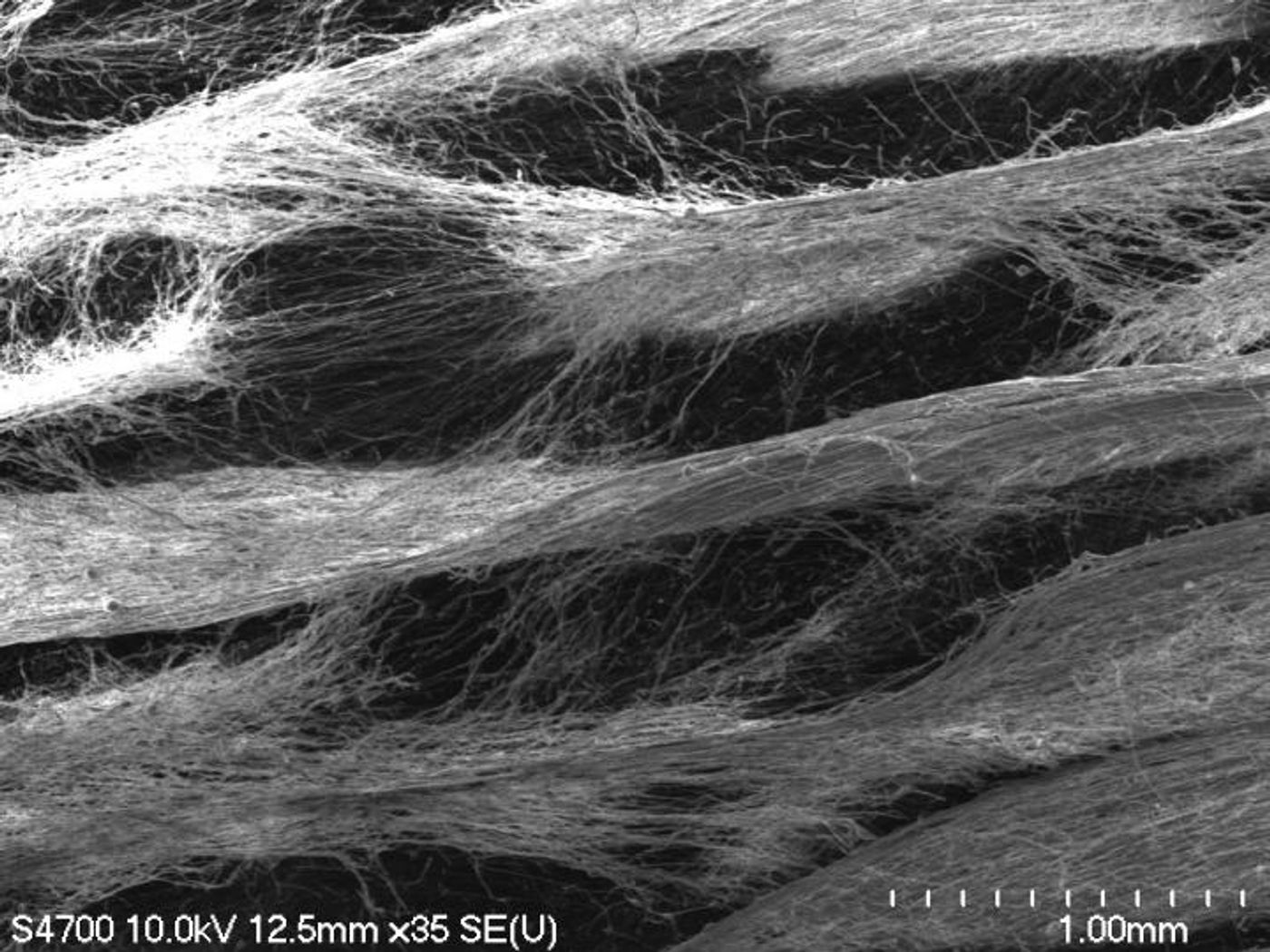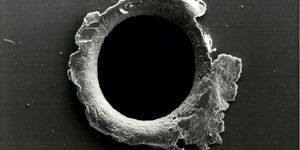Growing Cells on Scaffolding as an Alternative to Animal Models
Biomedical research often requires the use of biological models, and rodents are a common choice for many investigators. But researchers may have just made it easier for investigators to switch to an engineered model and replace their animal colonies with electrospun synthetics. An Assistant Professor of Biomedical Engineering at Michigan Technological University, Smitha Rao, wants to use these electrospun synthetics in cancer research.
Cells in the body require a kind of scaffolding to work as a foundation for their growth, and this scaffolding material is called the extra-cellular matrix (ECM). Researchers studying how cells bind to and grow on these matrices requires generating them.
"Synthetic ECMs are created by electrospinning matrices from polymers such as polycaprolactone and are more consistent for research than using cells from different kinds of animals," noted graduate student Samerender Hanumantharao.
"In my lab, the focus has been on standardizing the process and using synthetic materials to keep the same chemical formulation of a scaffold, but change the physical structure of the fibers that are produced," Rao said. She added that many variables can impact the way that cells grow on these scaffolds; adding solvents or changing the type of polymer both influence cell growth. The researchers decided to compare the growth of cell lines on various scaffold patterns by altering something else; they changed the voltage used in their experiment.
Changing voltage altered the shape of the scaffolds. It could create honeycombs, aligned structures, or mesh. Research from the Rao lab on how electric fields affect the pattern of scaffolds has been recently reported in Royal Chemistry Society Advances.
Now reporting in IEEE Open Journal of Engineering in Medicine and Biology, Rao's team tested their manufactured scaffold systems as they tried to disrupt the growth of cancer by altering the environment of cancerous cells.
"We can study why and how cancer cells metastasize," Rao said. "We can understand in a true 3D system why pre-metastatic cells become metastatic, and provide tools to other researchers to study signaling pathways that change between pre-malignant and malignant cells."
The scientists used their electrospun scaffolds to study four different kinds of cell lines. Their control cells are found in normal breast tissue, and are called 184B5. Another line, MCF-7, is made up of breast adenocarcinoma cells, and they also used MDA-MB-231, a triple-negative adenocarcinoma-metastatic that is difficult to detect.
The researchers found that the triple-negative breast cancer cell line preferred to grow on honeycomb scaffolds, the adenocarcinoma cells grew best on mesh scaffolds and cells that were premalignant cells favored aligned scaffolds.
The study noted that this synthetic model is useful for studying how topographical and mechanical features affect tumorigenesis and the growth and migration of malignant or metastatic cancer cells.
Sources: AAAS/Eurekalert! via Michigan Technological University, IEEE Open Journal of Engineering in Medicine and Biology









